A man of juggernauting guitar hero stardom, Slash needs very little introduction. The top-hat wearing, Les Paul toting, leather clad icon has been long synonymous with Marshall amplifiers, most noticeably being the first artist to ever receive a signature model in the form of the JCMSlash. Although the AFD100 is the second instalment of a Slash model amplifier, it offers something far different to its predecessor in the sense that it aims to encapsulate one of the most legendary guitar tones ever recorded. The sound of Appetite for Destruction.
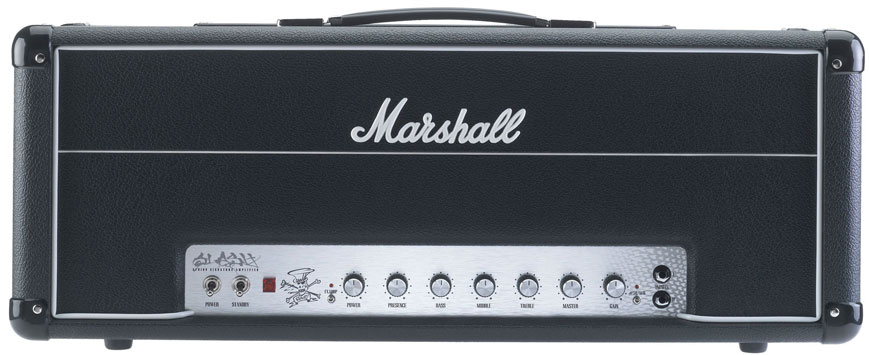
To many, this amp is danger of sounding a tad like a one trick pony, though that’s not actually the case. The 100w head boasts two different voicings, with one based on ‘appetite’, while the other is based on Slash’s later tones. In this reviewers opinion the amplifier is an absolute stunner. Paying homage to the two amps the AFD100 is based on (a modified 1959t and a modified JCM800), the head boasts the width of a JCM800 chassis, the depth of a JTM and height of a JMP. The silver faceplate also adds a nice tilt of the head towards the Silver Jubilee heads that have featured in Slash’s rig since the late ‘80s. Other than the slightly large Slash graphic and snakeskin hologram adorning the front of the faceplate, the amplifier could easily be mistaken for a late ‘70s JMP with a silver faceplate, complete with vintage style switches. Among other features, the amplifier is supplied with a footswitch, a footswitchable fx loop, self-biasing and a power scaling control. Although the footswitch and fx loop are nothing out of the ordinary, the self-biasing and power scaling controls really are something to jump up and down about. Easy and functional in use, the self-biasing feature is activated by pushing the fx loop switch and power switch at the same time. By adjusting a short knob on the back of the amplifier, one can select the voltage at which the amplifier is biased. In use, this feature works rather well and is in actual fact rather speedy, taking only a few seconds to adjust the bias of the head. On the other side of things, the power scaling control is designed to act similarly to an inbuilt attenuator, scaling the amplifiers output from 100ws all the way down to 0.01w. The reason for this is, as anyone that’s owned a 100w head will tell you, to get a real raunchy rich tone, both the pre-amp and power and tubes need to be gunned. Although the AFD100 features a master volume control, cranking both the gain control and MV together and scaling back with the power control allows the player to access a beautiful, singing, harmonically rich sound at neighbour or small venue friendly volumes. In fact, in my opinion this is one of the most attractive features of the amplifier.
Tone.
Plugging into the first input of the AFD (the second is attenuated by 6dB) and playing through the no.34 mode, you are immediately greeted by a sweet, tight trebly sound, reminiscent of Slash tracks such as ‘Locomotive’ or ‘Back to Cali’. There’s plenty of gain on offer here, and the amplifier genuinely feels a joy to play. Somehow sounding tight but feeling loose, the head responds exceptionally well to pick attack. The EQ adjusts nicely, though to be honest anything within the 5-7 ballpark on all the knobs is a big hit. Some may have a few concerns with the amount of top end when running through the no.34 channel, as the amp is rather tight and biting here, though a bit of tweaking with the presence and treble knobs should provide more than enough tonal variation. Moving over to the amplifier’s namesake sees the head really come to life. The AFD channel is bright, warm, hot and raunchy. The sound fills out excellently, and leads literally fly off of the fret board. Pinched harmonics are a breeze, while pick attack and definition are still prevalent. For those concerned with the appetite sound, there’s nothing closer to the mark. Paradise City, Nightrain, Mr. Brownstone, they’re all here. The neck pick-up is plumby and gorgeous, and the bridge pickup rousingly fierce. Rolling down one’s volume knob or the gain on the amplifier really provides the player with a great vintage Marshall sound. Think Jimmy Page’s mid-70s live tone. Single coils also sound rather fat on the AFD channel, much like Blackmore or Malmsteen. However, those looking for an amplifier with a designated clean channel should be warned, although the AFD100 is a lion of a Hard Rock amplifier, achieving a clean tone takes a fair amount of tweaking that makes switching between clean and dirty sounds a difficulty. Nevertheless, those that are happy to role back their guitars volume controls for their clean sounds should be chuffed to pieces with how well the AFD100 responds to a guitars controls.
In conclusion, anyone looking for an amp with both great dirty and clean sounds, should look elsewhere. However, for anyone looking to capture the appetite sound, or to purchase an amp that has a truly almighty Rock n’ Roll tone there’s scarcely much better. Besides being an amp that recreates one of the most sought after guitar tones of the last twenty years to a tee, the AFD100 is truly just a great, great Marshall amplifier.

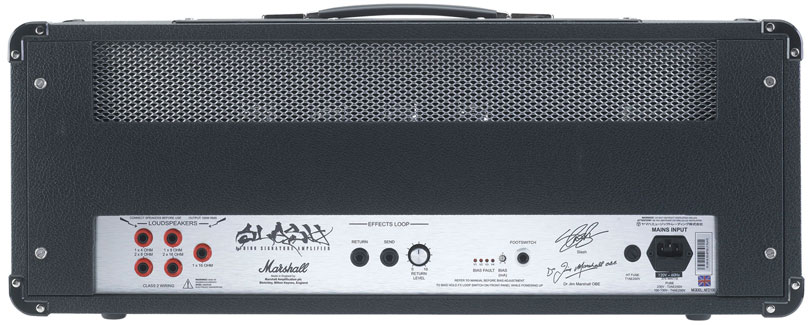

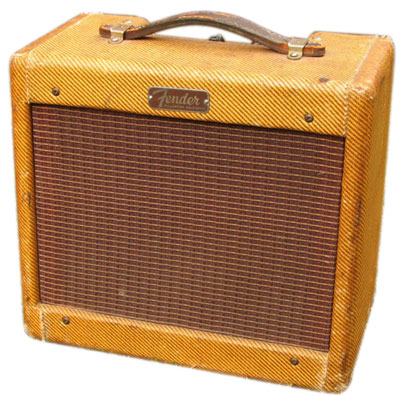 a small amplifier is that they really can be pushed. Whether it’s an overdrive, a boost or just the volume control used, a small valve amp at full tilt truly gives off a magical sound. Small amps are also fantastic for recording both at home, and in the studio. Tracks such as Layla, or albums such as Zeppelin I stand as a worthy testament to this. Versatility is hardly a problem here either, with companies such as Blackstar and Laney offering multi-channel low wattage amplifiers. However, much like before, there are some shortcomings of the pipsqueaks of the amplifier world. Volume can often be an issue, as although most of the low wattage amplifiers on the market can provide a hefty right hook, many actually struggle to climb over the top of a drummer. Furthermore, although the volume of the amplifiers can’t always compete in a band without a microphone, they’re often surprisingly too loud for use in the home. Thankfully, many companies are aware of this, and do provide a low wattage option on their little monsters. Another problem with using a smaller amplifier is that many sacrifice speaker quality in a bid to make the amplifier more affordable. However, if you are privy to vintage or boutique gear then this is less likely to be a problem. Besides, as mentioned earlier, most venues supply an external speaker cabinet that can always be paired with a smaller amplifier providing it has an external speaker output.
a small amplifier is that they really can be pushed. Whether it’s an overdrive, a boost or just the volume control used, a small valve amp at full tilt truly gives off a magical sound. Small amps are also fantastic for recording both at home, and in the studio. Tracks such as Layla, or albums such as Zeppelin I stand as a worthy testament to this. Versatility is hardly a problem here either, with companies such as Blackstar and Laney offering multi-channel low wattage amplifiers. However, much like before, there are some shortcomings of the pipsqueaks of the amplifier world. Volume can often be an issue, as although most of the low wattage amplifiers on the market can provide a hefty right hook, many actually struggle to climb over the top of a drummer. Furthermore, although the volume of the amplifiers can’t always compete in a band without a microphone, they’re often surprisingly too loud for use in the home. Thankfully, many companies are aware of this, and do provide a low wattage option on their little monsters. Another problem with using a smaller amplifier is that many sacrifice speaker quality in a bid to make the amplifier more affordable. However, if you are privy to vintage or boutique gear then this is less likely to be a problem. Besides, as mentioned earlier, most venues supply an external speaker cabinet that can always be paired with a smaller amplifier providing it has an external speaker output.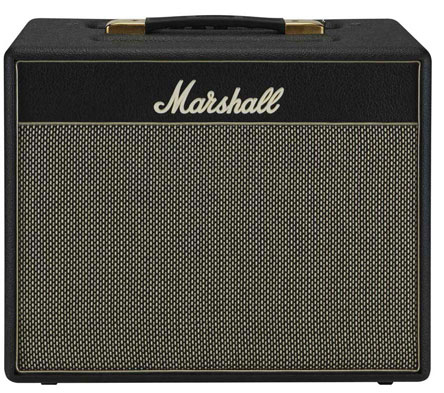

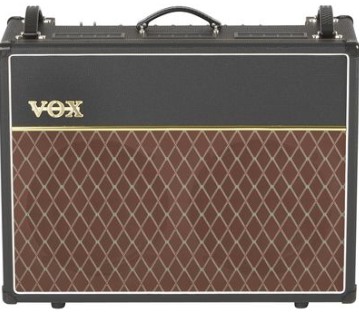
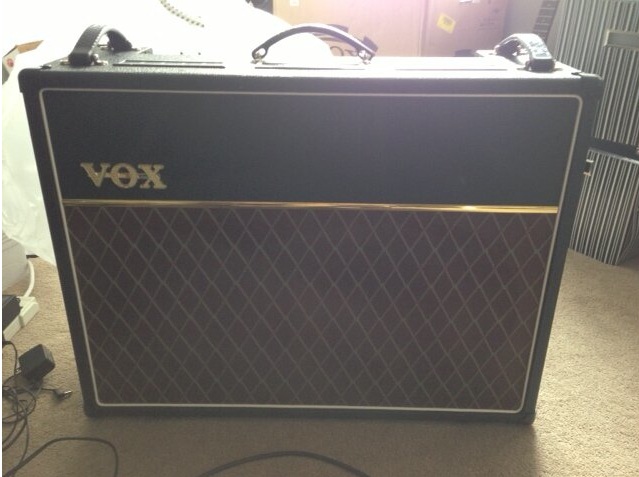
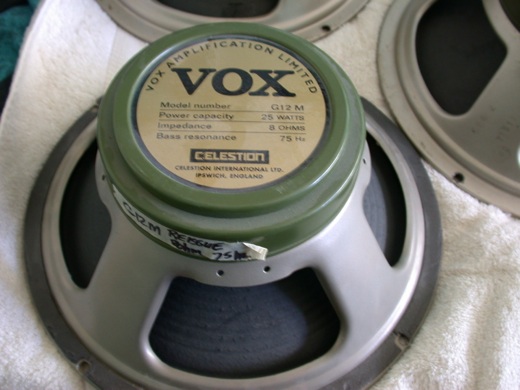
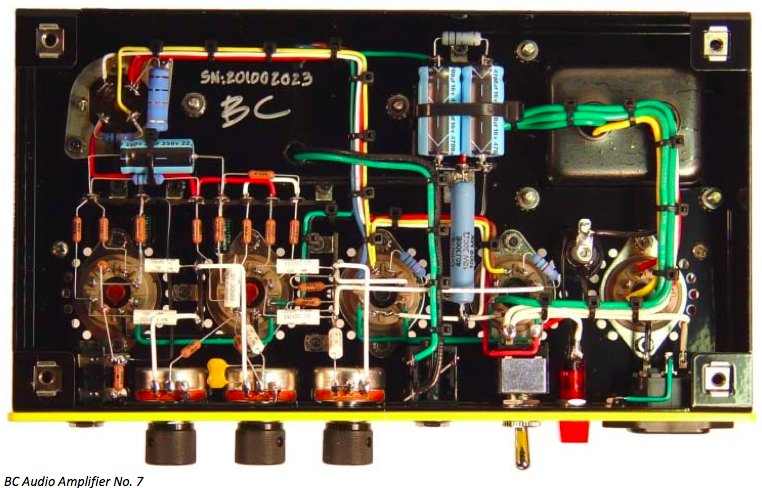
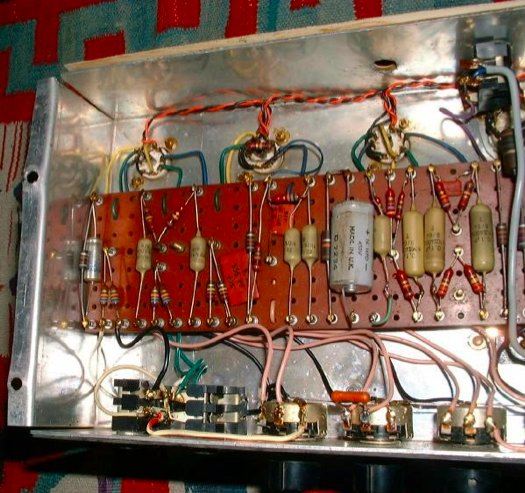

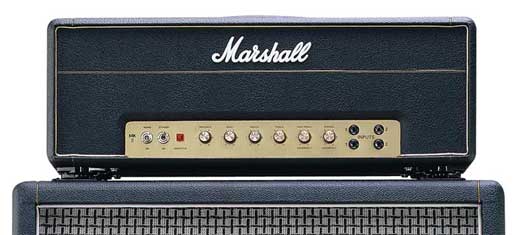

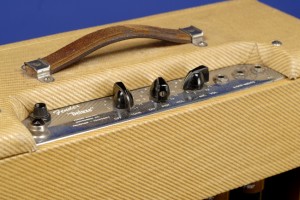
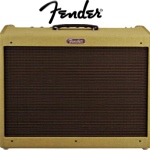
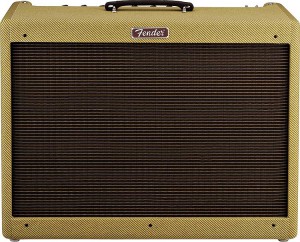 So I was able to pick up a used 90s’ made Fender Blues Deluxe for about $500. I had tried out this amp about 5 years ago at Steve’s Music in Toronto and really was impressed with the clean tones it produced. Now that I have owned one for a few months now, I can give it a real review. And if you are looking for sound clips, I made some, just scroll down the page.
So I was able to pick up a used 90s’ made Fender Blues Deluxe for about $500. I had tried out this amp about 5 years ago at Steve’s Music in Toronto and really was impressed with the clean tones it produced. Now that I have owned one for a few months now, I can give it a real review. And if you are looking for sound clips, I made some, just scroll down the page.